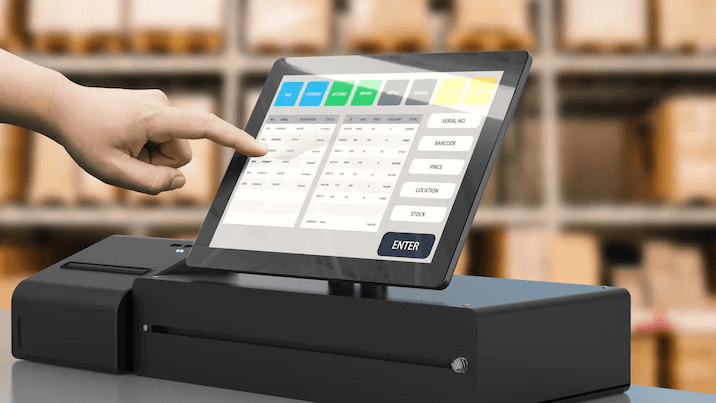The world of retail and service is changing, as are the tools that support these. The latest POS technology is at the forefront of this transformation. They incorporate hardware and software to expand beyond the conventional cash register and receipt. The primary focus is no longer just on capturing payments. Today, the point of sales experience is about operational intelligence, customer insight, and seamless integration across every aspect of the business.

POS Software: The Heart of the System
While traditional systems can handle basic transactions but point of sale POS software is a command center. It keeps track of inventory as it’s sold, continuously adjusts stock levels and issues alerts when goods are at a low point. It tracks sales history and customer preferences, turning every purchase into valuable information that can inform future marketing strategies and purchasing decisions.
A great POS system’s ability to link departments is among its least-known features. Instead of managing payroll on its own such as, for instance, some systems have a time clock feature that directly informs employee scheduling and wage calculation. The result is a smoother process for employees and less administrative stress.
For companies that have physically and online presence today’s POS software offers vital syncing capabilities. The merchandise displayed in the store are able to reflect the online offerings at any time. This will prevent double-selling and stock inconsistencies. This unified approach is essential since shopping trends shift to hybrid purchases, in which shoppers browse online before picking up the product at the shop.
Why Integration is More Important Than Ever
The current POS system is best known for its integration. There is no need to managing multiple tools that do not “talk” to each other. A robust POS platform can be defined by its capability to connect inventory, sales management, staff management as well as accounting.
Think about the experience customers have. The customer can be notified of their loyalty points at check-out, receive discount coupons as well as an eReceipt through their email in no time. The backend of the sale update revenue totals and inventory availability, and daily reports. This provides a more personal shopping experience and helps reduce manual input.
This level of insight can be extremely valuable to executives and business owners. With reliable, current data always available, they can react faster to trends in demand and adjust pricing strategies and ensure that their team is adequately staffed in peak hours.
The long-term benefits of smart Investment
There are a myriad of reasons more business owners invest in POS software. They provide measurable ROI. It’s not just in speed and precision, but also in their ability to support smarter decision-making and long-term growth. A properly-implemented Point of Sales system can help you simplify your business processes and uncover patterns you would have otherwise missed.
Furthermore, as expectations of consumers rise, a modern point of sale system becomes an invisible but vital aspect of customer service. Rapid checkouts, accurate information on inventory and payment flexibility are now standard requirements. Companies that are able to meet these pillars earn trust and return visits.
Final Thoughts
Modern POS systems aren’t just a means of checking out. They’re a way to connect your employees, your products as well as your clients. Point of Sale POS Software can help you know your business on the highest level. It provides clarity in decision making and efficiency in execution.
In today’s highly competitive marketplace staying ahead of the market requires staying up-to-date and agile, as well as focusing on your customers. With a well-thought-out integrated POS point-of sale system on your side, you’re not just making profits, you’re also building a long-term sustainable.